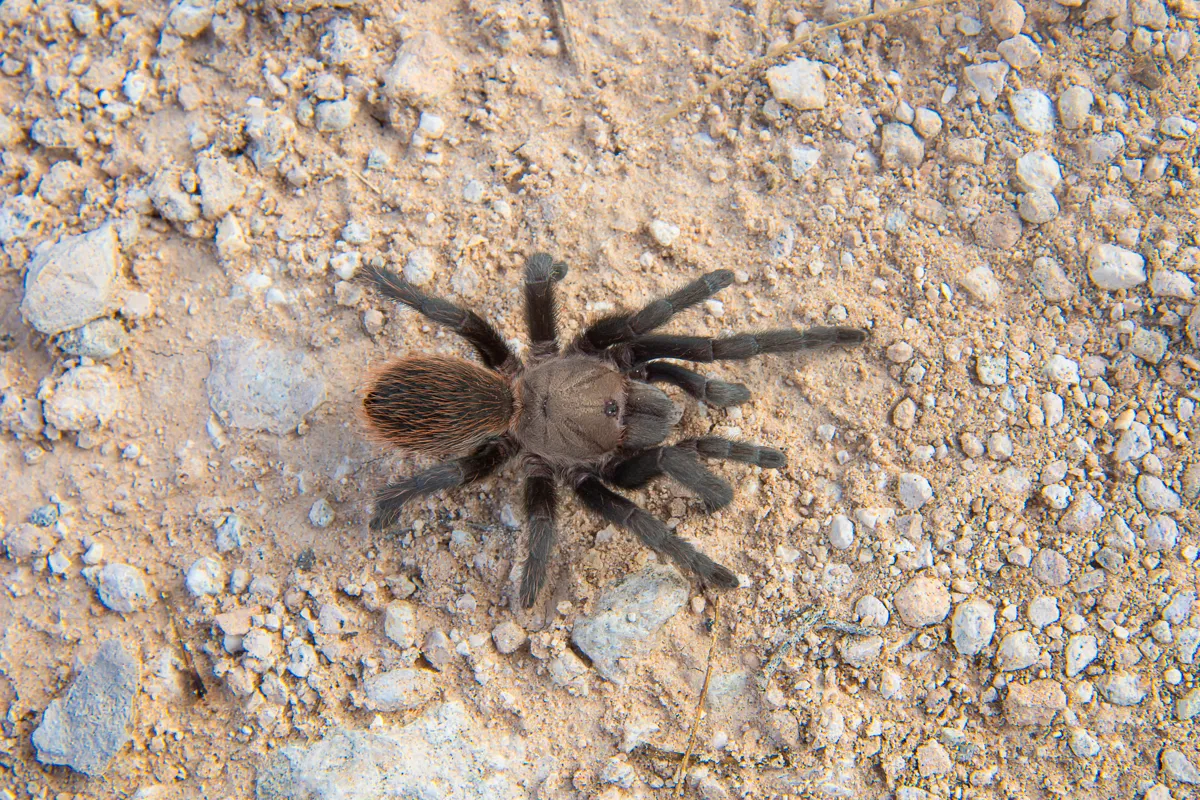Understanding the Texas Tan Tarantula (Aphonopelma anax)
The Texas Tan Tarantula (Aphonopelma anax) is a fascinating and relatively docile species, making it a popular choice for beginner tarantula keepers. Native to the southwestern United States, these spiders are known for their tan to brown coloration and their calm demeanor. They are not considered aggressive and rarely bite unless provoked. Understanding their natural habitat and behavior is the first step in providing optimal care. These tarantulas are terrestrial, meaning they spend most of their time on the ground. They are also nocturnal, being most active during the night. Their lifespan can be considerable, with females living for over 20 years in captivity, while males have a shorter lifespan, typically living only a few years after reaching maturity. Proper care ensures a long and healthy life for your Texas Tan Tarantula.
Habitat and Enclosure Setup
Setting up the right habitat is crucial for the well-being of your Texas Tan Tarantula. The enclosure should mimic their natural environment as closely as possible. This includes providing a safe and secure space, suitable substrate, and the right temperature and humidity levels. A properly set up enclosure not only provides a comfortable environment for your tarantula but also allows you to observe its natural behaviors. The size of the enclosure should be appropriate for the size of your tarantula, allowing enough space for movement and exploration. It should also be escape-proof, as tarantulas are skilled climbers and can squeeze through small openings. Creating a suitable habitat is an important step to ensure a long and healthy life for your Texas Tan Tarantula.
Choosing the Right Enclosure
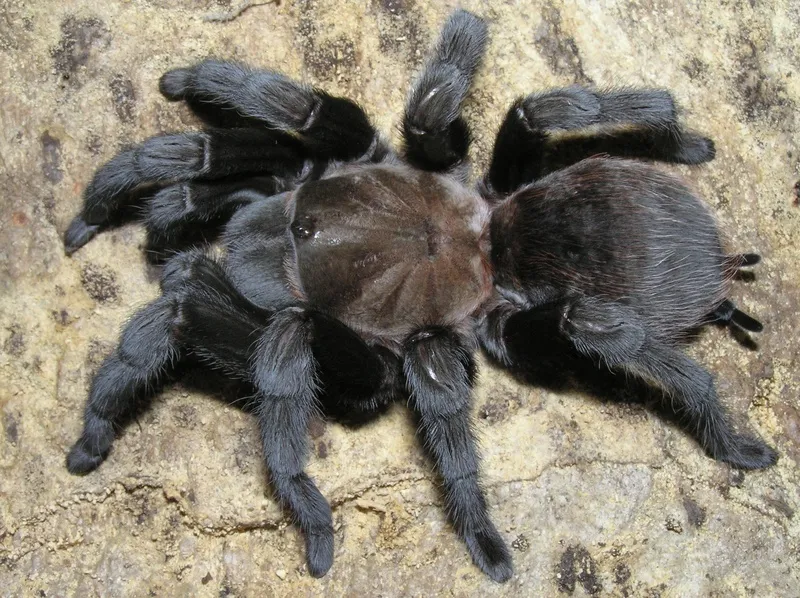
For a juvenile Texas Tan Tarantula, a clear plastic enclosure of approximately 5-10 gallons is suitable. As your tarantula grows, you’ll need to upgrade to a larger enclosure. An adult Texas Tan Tarantula will thrive in a 10-20 gallon enclosure. The enclosure should have a secure lid to prevent escape. The enclosure should also have adequate ventilation to ensure proper air circulation, but avoid excessive drafts. The enclosure material should be durable and easy to clean. Glass or clear plastic enclosures are ideal as they allow for easy viewing of your tarantula. Ensure the enclosure provides a safe and comfortable environment for your tarantula. Choose an enclosure that allows you to maintain the correct temperature and humidity levels.
Substrate and Decor
The substrate is the bedding material that lines the bottom of your tarantula’s enclosure. It serves multiple purposes, including providing a place for the tarantula to burrow, maintaining humidity, and absorbing waste. Good substrate options include a mix of peat moss, coconut fiber, and a bit of vermiculite or sphagnum moss. These materials retain moisture well and allow the tarantula to create burrows. The substrate layer should be deep enough for burrowing, at least 4-6 inches for adults. Decorate the enclosure with items that mimic the tarantula’s natural environment. This can include a water dish, a hide, and a few sturdy pieces of cork bark or artificial plants to provide hiding places. Avoid sharp objects and ensure all decorations are non-toxic. The addition of decorations enhances the aesthetic appeal of the enclosure and provides enrichment for your tarantula.
Temperature and Humidity Control
Texas Tan Tarantulas thrive in a temperature range of 75-85°F (24-29°C). You can use a heat mat or a low-wattage heat lamp to maintain the correct temperature, but make sure the heat source is placed on one side of the enclosure to create a temperature gradient. This allows your tarantula to choose the temperature it prefers. Humidity should be maintained at around 60-70%. You can measure humidity with a hygrometer. To increase humidity, mist the enclosure lightly with water, particularly during molting. Ensure good ventilation to prevent mold growth. Avoid placing the enclosure in direct sunlight or near a heat source that could overheat the enclosure. Monitoring the temperature and humidity is essential for your tarantula’s health and well-being. Always check the temperature and humidity daily.
Feeding Your Texas Tan Tarantula
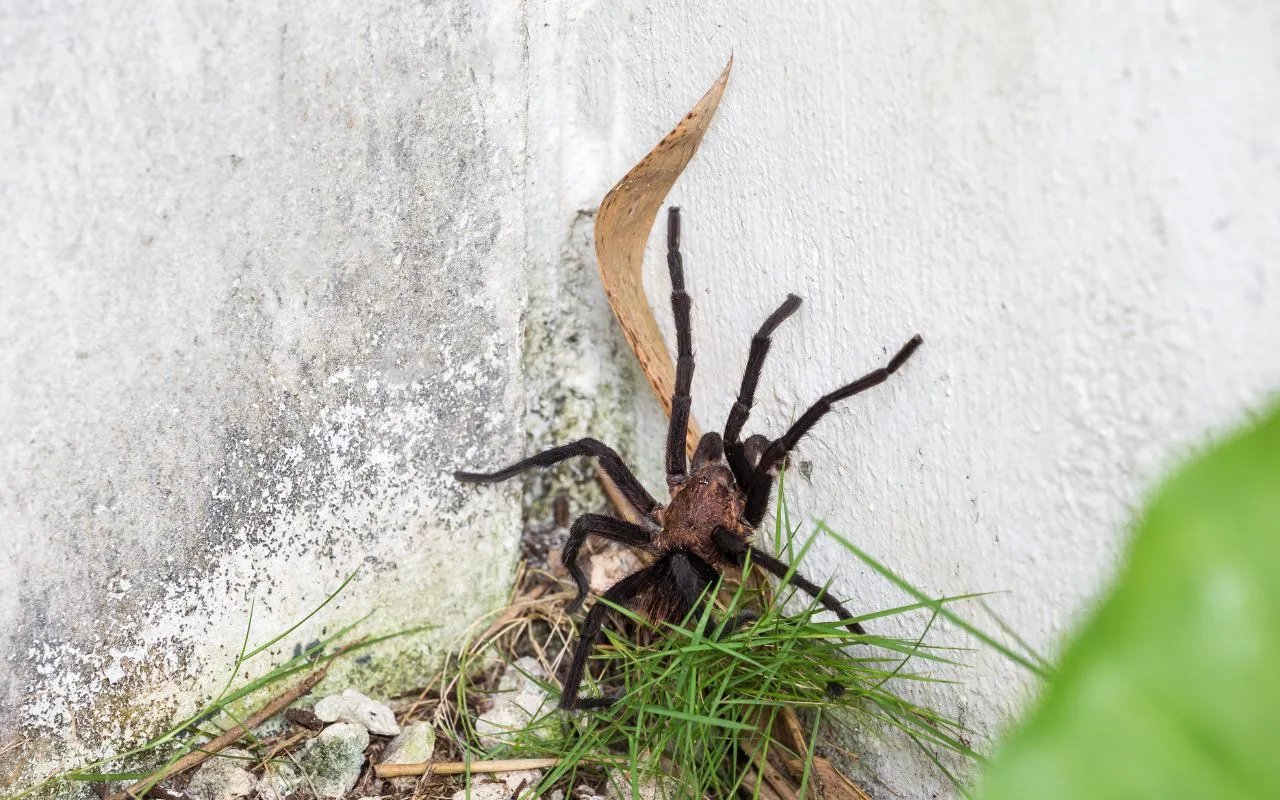
Feeding your Texas Tan Tarantula is a straightforward process, but it’s important to get it right to ensure your tarantula stays healthy and well-nourished. These tarantulas are opportunistic feeders, meaning they will eat almost anything that moves and fits in their mouth. However, a balanced diet is essential for their growth and development. The frequency and type of food will vary depending on the tarantula’s age and size. Overfeeding is just as bad as underfeeding. A tarantula’s feeding habits change as they grow and mature, and it’s your job to provide the appropriate amount of food.
What to Feed Your Tarantula
The primary diet of a Texas Tan Tarantula should consist of insects. Crickets, mealworms, dubia roaches, and other commercially available insects are all suitable options. The size of the prey should be appropriate for the size of your tarantula; a good rule of thumb is to provide prey that is no larger than the tarantula’s body length. Avoid feeding your tarantula wild-caught insects, as they may carry parasites or pesticides. You can also occasionally feed your tarantula pre-killed insects if you are concerned about live prey. Ensure the insects are gut-loaded before feeding, which means providing them with nutritious food, such as vegetables and commercial insect food, to increase their nutritional value. Supplement the diet with occasional treats such as small pieces of fruit. The key to providing a good diet is variety, and proper nutrition is paramount to long life.
Feeding Frequency and Portion Size
The feeding frequency depends on the age and size of your tarantula. Spiderlings (young tarantulas) should be fed 2-3 times per week, while adults can be fed once every 1-2 weeks. Observe your tarantula’s behavior to determine if it’s hungry; a tarantula that is always wandering around might need more food. Remove any uneaten prey within 24 hours to prevent stress and mold. Overfeeding can lead to a bloated abdomen, while underfeeding will cause your tarantula to become skinny. Adjust the portion size according to the tarantula’s appetite, and always monitor the enclosure for uneaten food items. It’s important to avoid excessive feeding to prevent health problems, and adjust the feeding schedule as your tarantula grows. Be careful not to disturb your tarantula while eating, as they are quite sensitive.
Watering and Hydration
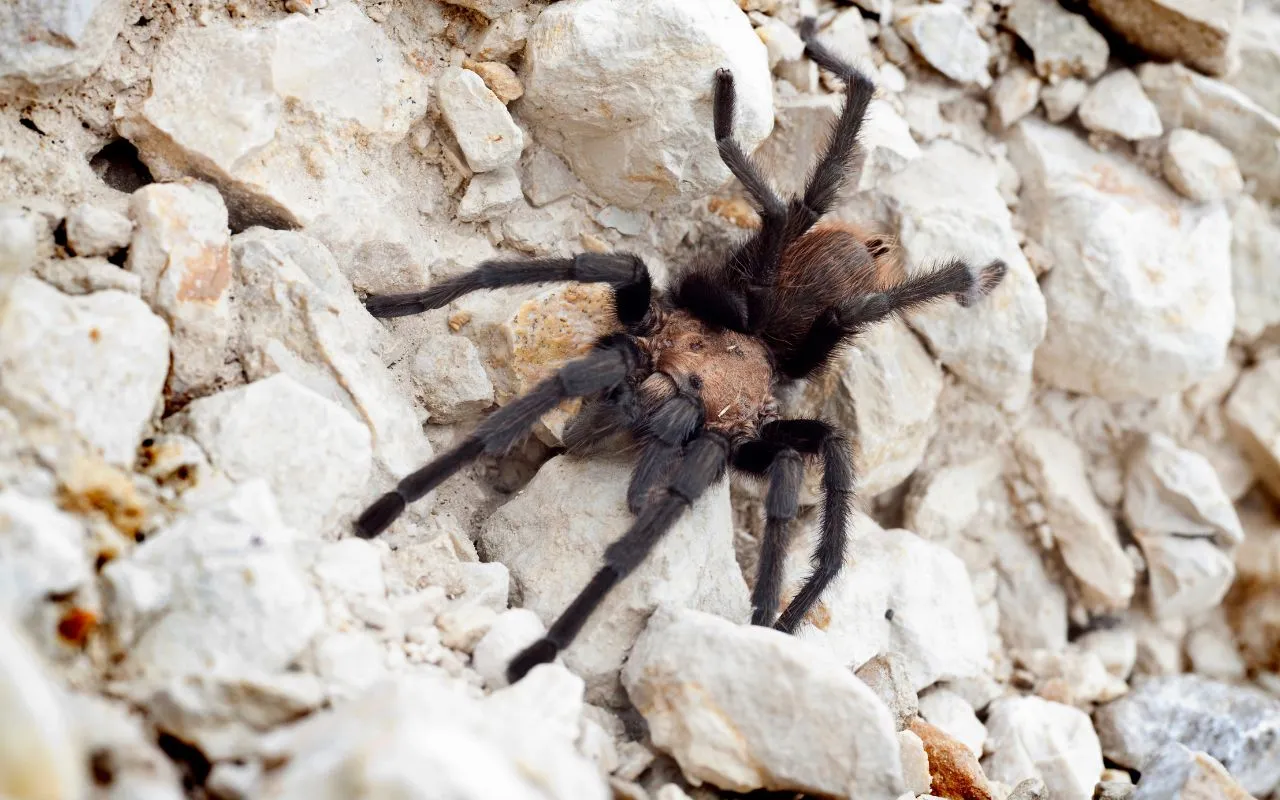
Providing fresh water is crucial for your Texas Tan Tarantula’s survival. They get most of their water from their food and drinking. Always have a shallow water dish available. The dish should be small enough that the tarantula cannot fall in and drown, and large enough that your tarantula can drink from it. Use a water dish that is easy to clean and refill. Regularly refill the water dish with fresh, clean water. In addition to the water dish, you can also lightly mist the enclosure once or twice a week to maintain humidity. Avoid over-misting, as this can lead to mold growth. Ensure the water is always clean and free from any chemicals. A constant supply of fresh water is crucial for maintaining a healthy tarantula, and it’s important to keep this in mind as you set up your habitat. The water dish should be shallow to ensure the tarantula can access it without any risk of drowning.
Maintaining Proper Hydration Levels
Dehydration can be a serious problem for tarantulas. Signs of dehydration include a wrinkled abdomen and lethargy. To maintain proper hydration levels, ensure that your tarantula always has access to fresh water. Regularly monitor the enclosure’s humidity levels and adjust as needed. If you notice signs of dehydration, increase the misting frequency slightly, but always ensure that there is good ventilation to prevent mold. Keeping the substrate damp can also help to maintain humidity, but avoid making the substrate soggy. Always maintain the enclosure and monitor it. Be careful to provide the right water-to-humidity ratio, and be very aware of your tarantula’s drinking behaviors. Maintaining the proper hydration levels ensures a healthy tarantula and contributes to its overall well-being.
Handling and Safety Precautions
While Texas Tan Tarantulas are generally docile, handling them should be done with caution. Always be aware of the risks involved and take necessary precautions to ensure both your safety and the tarantula’s well-being. Tarantulas can be easily stressed, and improper handling can lead to bites or injury. Understanding their behavior and taking the appropriate safety measures can prevent problems and guarantee a positive experience. Never force the tarantula to do anything it does not want to do, and allow it to move at its own pace. Handling is not essential for your tarantula’s health and should be limited to necessary situations.
Safe Handling Techniques
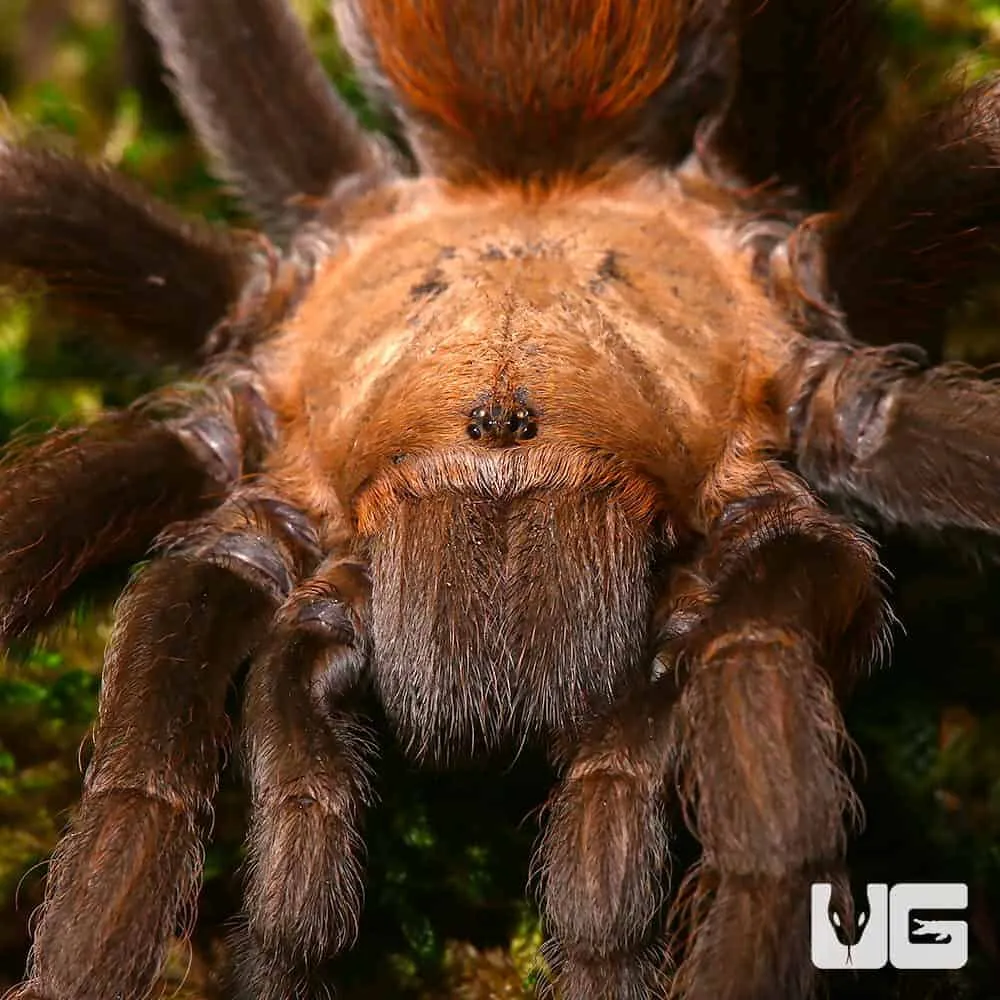
If you must handle your Texas Tan Tarantula, do so gently and slowly. Use a soft brush or a similar tool to gently guide the tarantula onto your hand. Always handle the tarantula over a soft surface, such as a bed or a carpet, to minimize the risk of injury if it falls. Avoid sudden movements and loud noises, as these can startle the tarantula. Never handle the tarantula if it is showing signs of stress, such as raising its front legs or flicking hairs from its abdomen. Always wash your hands thoroughly before and after handling the tarantula. Be patient and calm, and allow the tarantula to move at its own pace. Never restrain the tarantula. Gentle handling is essential to avoid stressing the animal and to prevent bites. Use extra care if your tarantula is about to molt, and never handle them around this time.
Recognizing Stress and Avoiding Bites
Tarantulas can exhibit various behaviors when stressed. These behaviors include raising their front legs, flicking hairs from their abdomen (a defense mechanism called urticating hairs), and assuming a defensive posture. If you notice these signs, immediately stop handling the tarantula and allow it to retreat to its enclosure. Bites from Texas Tan Tarantulas are rare but can be painful. They possess fangs and can inject venom, although the venom is not usually considered dangerous to humans. If bitten, wash the area with soap and water and seek medical attention if symptoms worsen. Always treat the tarantula with respect, and avoid handling it if it’s showing any signs of stress. Be aware of your tarantula’s behavior. Keeping a close watch on your tarantula will provide you with the knowledge you need in order to avoid stressful situations.
Common Health Issues and Care
Like all living creatures, Texas Tan Tarantulas can be susceptible to certain health issues. By being proactive and monitoring your tarantula’s health, you can help prevent and address these problems. Identifying health issues early is vital for successful treatment. Regularly inspect your tarantula’s enclosure and your tarantula itself for any signs of illness or distress. The vast majority of health problems in tarantulas are due to improper husbandry, so ensuring proper care is the best preventative measure. By practicing good hygiene and understanding the signs of illness, you can help your tarantula live a long and healthy life. Many of the common health issues can be prevented by following the appropriate guidelines.
Moulting and What to Expect
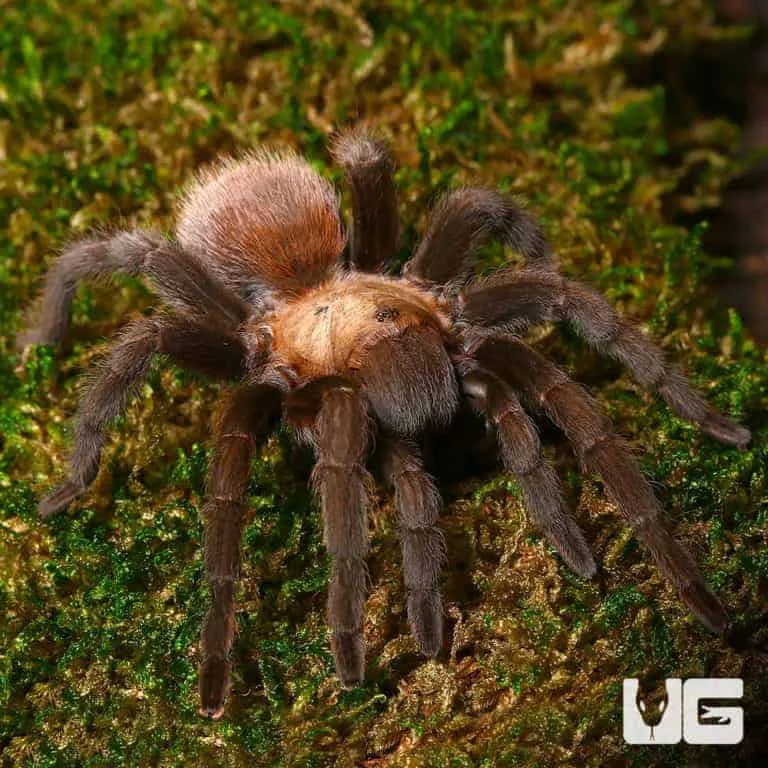
Moulting is a natural process where tarantulas shed their exoskeletons to grow. During moulting, the tarantula will typically stop eating and become inactive. Before moulting, it may create a web mat to lay on. The process can take several hours or even days. Do not disturb your tarantula during this time. Avoid handling or feeding the tarantula during moulting, as it is very vulnerable. After moulting, the tarantula’s new exoskeleton will be soft and fragile. It will take a few days for the exoskeleton to harden. During this time, do not feed the tarantula until its fangs have fully hardened. Molting frequency decreases as the tarantula ages. Young tarantulas molt more frequently than adults. Be patient and allow your tarantula to complete the moulting process without any interference.
Recognizing and Addressing Health Problems
Some common health problems in tarantulas include fungal infections, mites, and parasites. Fungal infections can be caused by high humidity or poor ventilation. Mites can infest the tarantula and cause irritation. To address health problems, maintain proper enclosure conditions, including correct temperature and humidity. If you suspect your tarantula has a health issue, consult a veterinarian or experienced tarantula keeper. For fungal infections, ensure good ventilation and keep the substrate clean and dry. For mites, isolate the affected tarantula and clean the enclosure thoroughly. Early detection is key to treating these issues successfully. Providing a clean environment and proper care is essential for preventing these problems. Regularly observe your tarantula to spot any unusual behavior. Keep in mind that a healthy tarantula is a happy tarantula. Always take quick action to address any observed health issues.
Breeding and Reproduction
Breeding Texas Tan Tarantulas can be a rewarding experience, but it requires specific knowledge and preparation. Proper breeding can result in a clutch of spiderlings, which can be an exciting project for experienced keepers. Breeding these tarantulas is not recommended for beginners, as it requires a good understanding of the species and specialized care. It is important to note that the ethics of breeding should be carefully considered, and the ability to care for a large number of spiderlings must be fully addressed before attempting to breed your tarantulas. Before attempting to breed, the keeper must have the appropriate setup and a firm understanding of the process. Breeding success depends on several factors, including the health of the tarantulas, the environment, and the keeper’s experience.
Sexing Your Texas Tan Tarantula
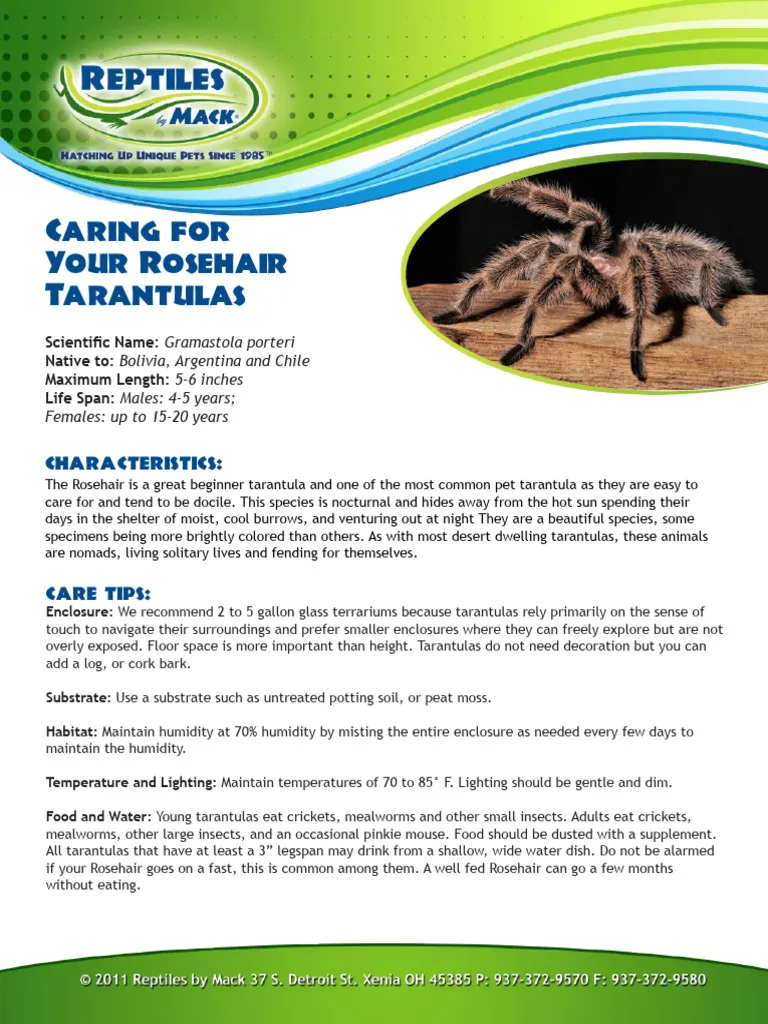
Sexing your tarantula is the first step in breeding. The most reliable method is to examine the tarantula’s molt. After a molt, you can examine the exuvium (shed exoskeleton). Look for a small pocket called an epigastric furrow on the underside of the female’s abdomen. Males have small hooks on their front legs (pedipalps) that are used for mating. Examining the tarantula directly can be difficult and risky. It is possible to sex a tarantula by looking at the shape and size of the abdomen. Males tend to have smaller abdomens, but this is not always reliable. Learning how to accurately sex your tarantulas will increase the chances of successful breeding. The more experience you have, the better your chances of determining the gender.
The Breeding Process
The breeding process involves introducing a mature male to a mature female. The female must be well-fed and receptive. Introduce the male to the female’s enclosure and carefully monitor their behavior. If the female is receptive, she will allow the male to mate. If the female is not receptive, she may attack the male. After mating, separate the male from the female to prevent him from being eaten. The female will then lay an egg sac, which she will protect and care for. The egg sac will contain hundreds of eggs. The eggs will hatch into spiderlings. The spiderlings will then molt and grow. The keeper must be prepared to care for the spiderlings. The process requires a lot of patience and knowledge. Breeding can be a fascinating experience, but it also requires a commitment to proper care. Ensuring a controlled environment is very important.
